Meet the flock stars of K’gari (Fraser Island)

I can’t quite take my eyes off him. It’s not that he’s beautiful – his bald black head, silver-white throat feathers, elongate beak and bold scarlet-coloured eyes are… compelling, yes, that’s the word. Clambering about among the foliage of a eucalypt, he’s probing the flowers for their nectar, and every now and then snapping after flying insects.
Whether it’s the treetop aerobatics of a noisy friarbird, like old mate here, or the stealth of an elusive green and golden ground parrot, K’gari (Fraser Island) is a Mecca for birds and birdwatchers alike. More than 384 recorded bird species visit the island each year thanks to its diverse and abundant habitat.
The swamp mahogany trees on the island are, for example, the preferred feasting spot for the spangled drongo (question: is there a bird name more Aussie than drongo?). These sleek, noisy birds are easily identified by their blood red eyes, glossy black plumage, with iridescent blue-green spots (or spangles) and long forked, fish-like tail. Meanwhile coastal heath sedge provides cover for the vulnerable ground parrot, which constructs a nest at or near ground level from surrounding vegetation and usually lays 3–4 eggs. Notably, K’gari is the most important remaining habitat for this species and contains the largest and possibly the only viable population of ground parrots in Queensland. Sound recording research is currently underway on the southern part of the island to ascertain the status of the current population.

As well as these characters, there are flocks of red and green king parrots. You’ll spy them munching their way through native nuts, berries and fruits. Look to the skies for flashes of brightly coloured rainbow and scaly-breasted lorikeets darting from treetop to treetop in search of nectar-rich blossoms. Other sweet-tooth birds, including a slew of honeyeater species – they’re easy to spot thanks to their long thin, curved beaks.
For those of us with a penchant for the lilt of certain birds, K’gari is music to your ears. The male grey shrike-thrush, for instance, shows off his beautiful singing voice from August–December, his breeding season, while the male mistletoe bird also has a distinctive tune. Look for his glossy, blue-black and scarlet plumage against the backdrop of mistletoe plants.
You’ll need quick eyes to spot tiny red-backed fairy-wrens as they flit through dense tea tree shrubs on the island. Visit in breeding season – August and February – to see the male transform; he develops prominent red and black plumage to attract his mate (she maintains a brown plumage). The smallest of Australia’s fairy-wrens, they’re also among the least faithful birds in the world. With extra-pair mating commonplace, the eggs in any given nest are often fathered by various different birds.
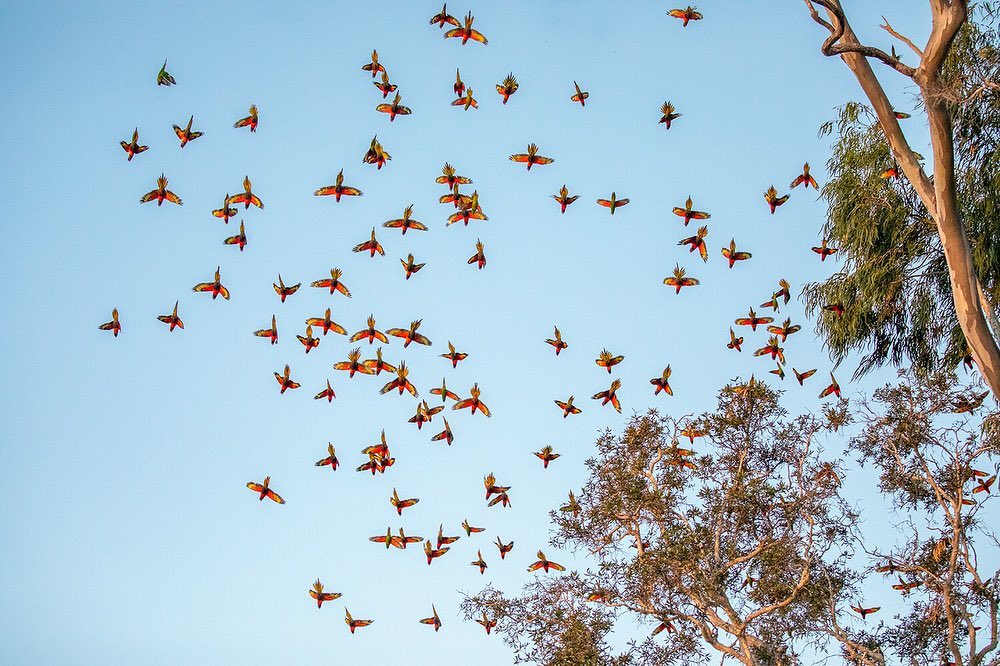
The island’s male scarlet honeyeaters (they’re a vivid scarlet red and black bird with whitish underparts) are ones to watch too; their clown-like antics will keep you enthralled for hours. Both the males and females of this species make a ‘chiew chiew’-sounding call – listening for it may well give away their position but otherwise look for them in the upper levels of the canopy where they forage in flowers and foliage for nectar.
Head to K’gari’s lakes to spot azure kingfishers – they have a rich, glossy blue plumage on their back and sides and an orangey-coloured chest. Full of character, they’ll frequently give a shrill squeak while sitting on a low-hanging branch before darting into the water to catch fish.
And let’s not forget the rainbow bee-eater, whose plumage becomes iridescent as it catches the sun. K’gari, the world’s largest sand island, is the ideal home for these sparkling little gems because they make their nests by tunnelling into sand dunes and creek banks. They’re also highly adept hunters. They catch insects, including bees and wasps, on the win. On returning to their perch, they remove the sting and swallow them.
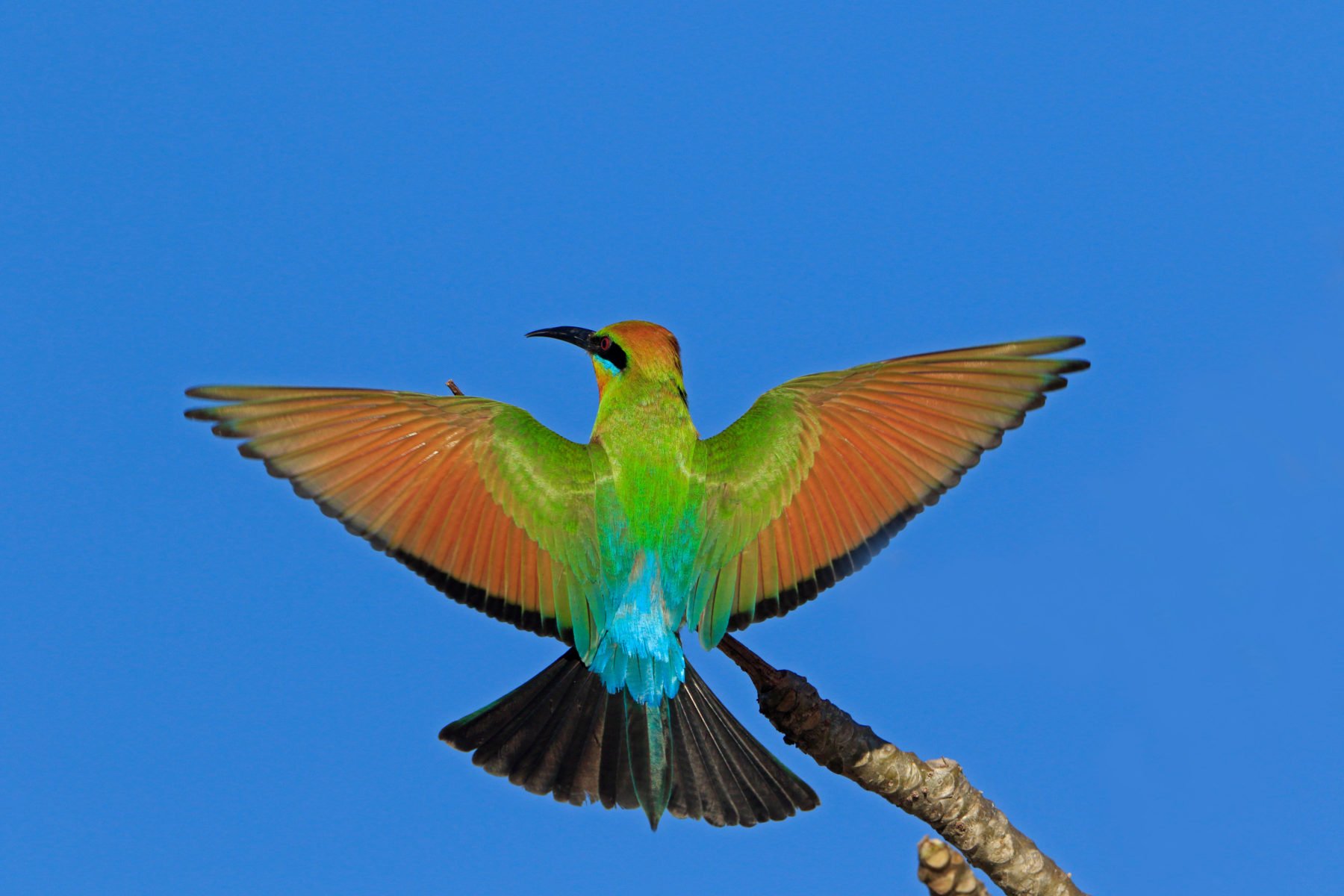
Birds of prey
Meanwhile, down by the seaside there’s always aerial action to be seen, from the white-bellied sea eagle, which has a wingspan of 2m-plus, to the brahminy kite. The latter, a medium-sized raptor, scans for prey while soaring 20–50m above the water, before diving beak first to catch its meal. Unlike the kite, the osprey, locally known as the fish hawk, uses its talons to snatch prey from the water. These three are among a collection of 18 known birds of prey species on K’gari.
With so many feathered friends, K’gari is the perfect place to flock to for a back-to-nature island escape. And there’s no better way to spot the very best of the island than through Kingfisher Bay Resort’s guided cruises and tours, which focus on showcasing the unique nature on K’gari.
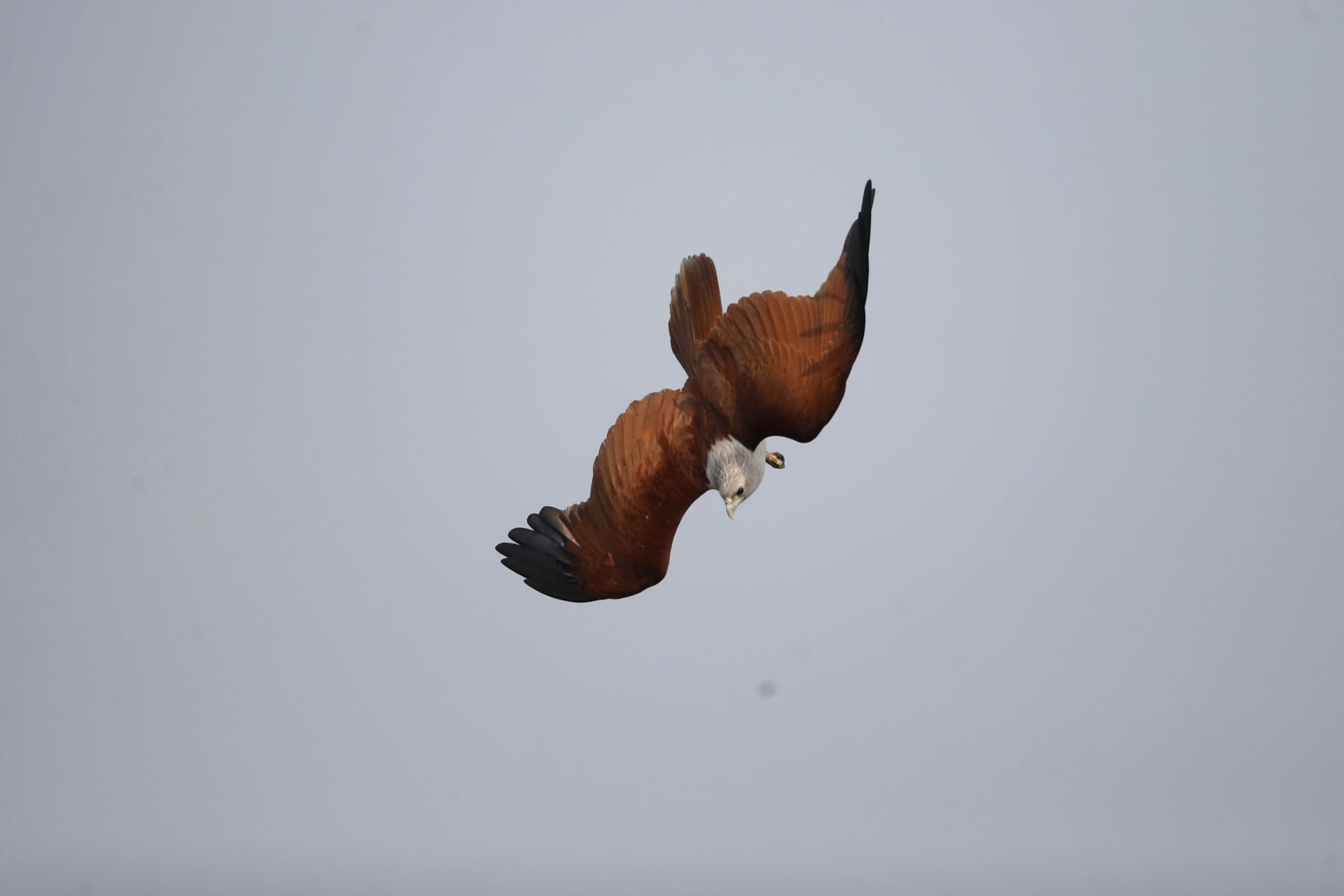
Other top 5 immersive wildlife and nature experiences on K’gari
- Purest strain of dingo on the eastern Australian seaboard. The traditional name on K’gari for dingoes is Wongari. Dingoes can be spotted from the Sunset Beach at Kingfisher Bay Resort as the sun dips along the Great Sandy Strait Biosphere.
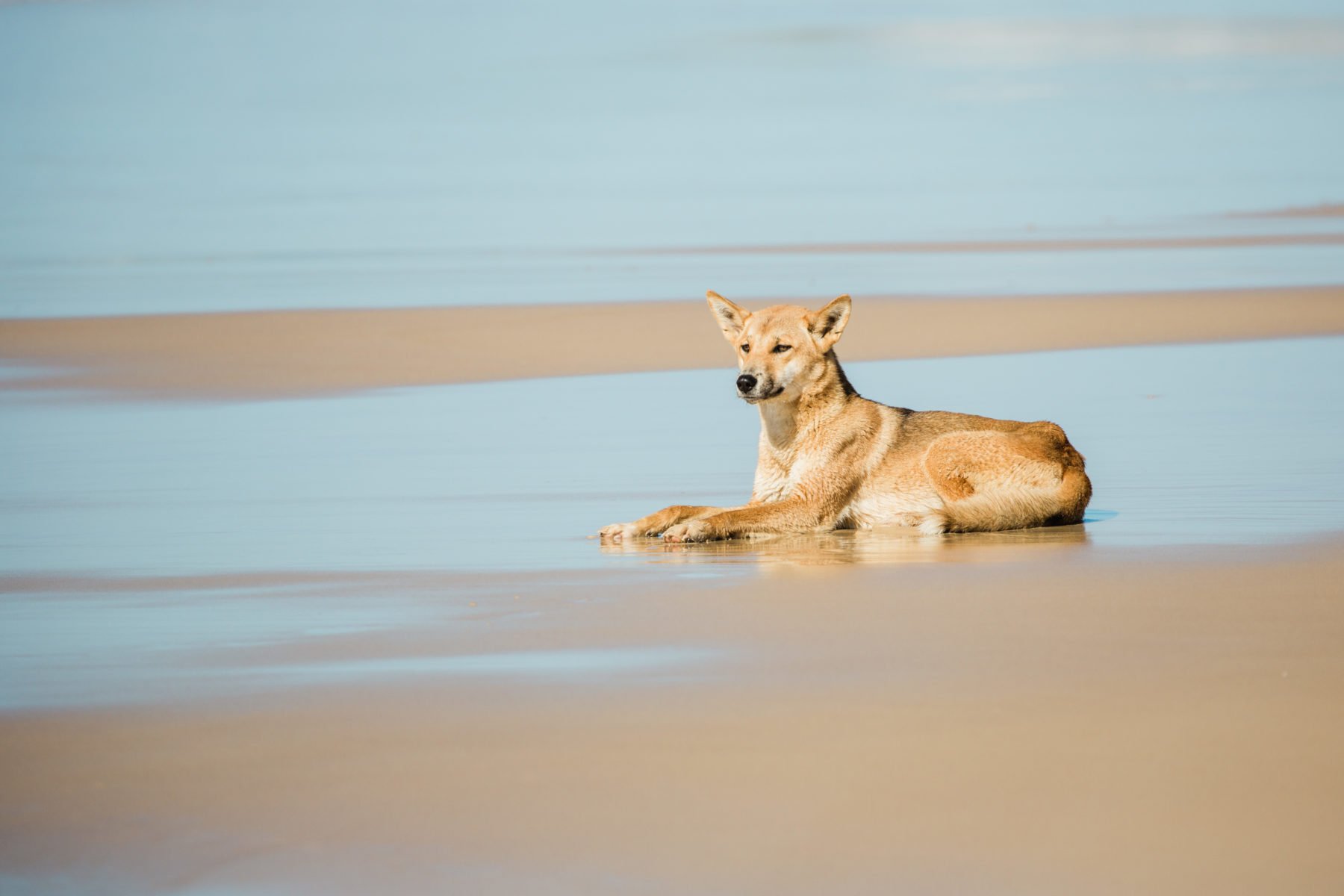
2. Native bush tucker experiences on offer at Kingfisher Bay Resort. Joining a Resort Ranger and Chef,
guests will experience the unique flavours of Fraser, including flora grown (lemon myrtle, lilly pilly) on the
resort property.
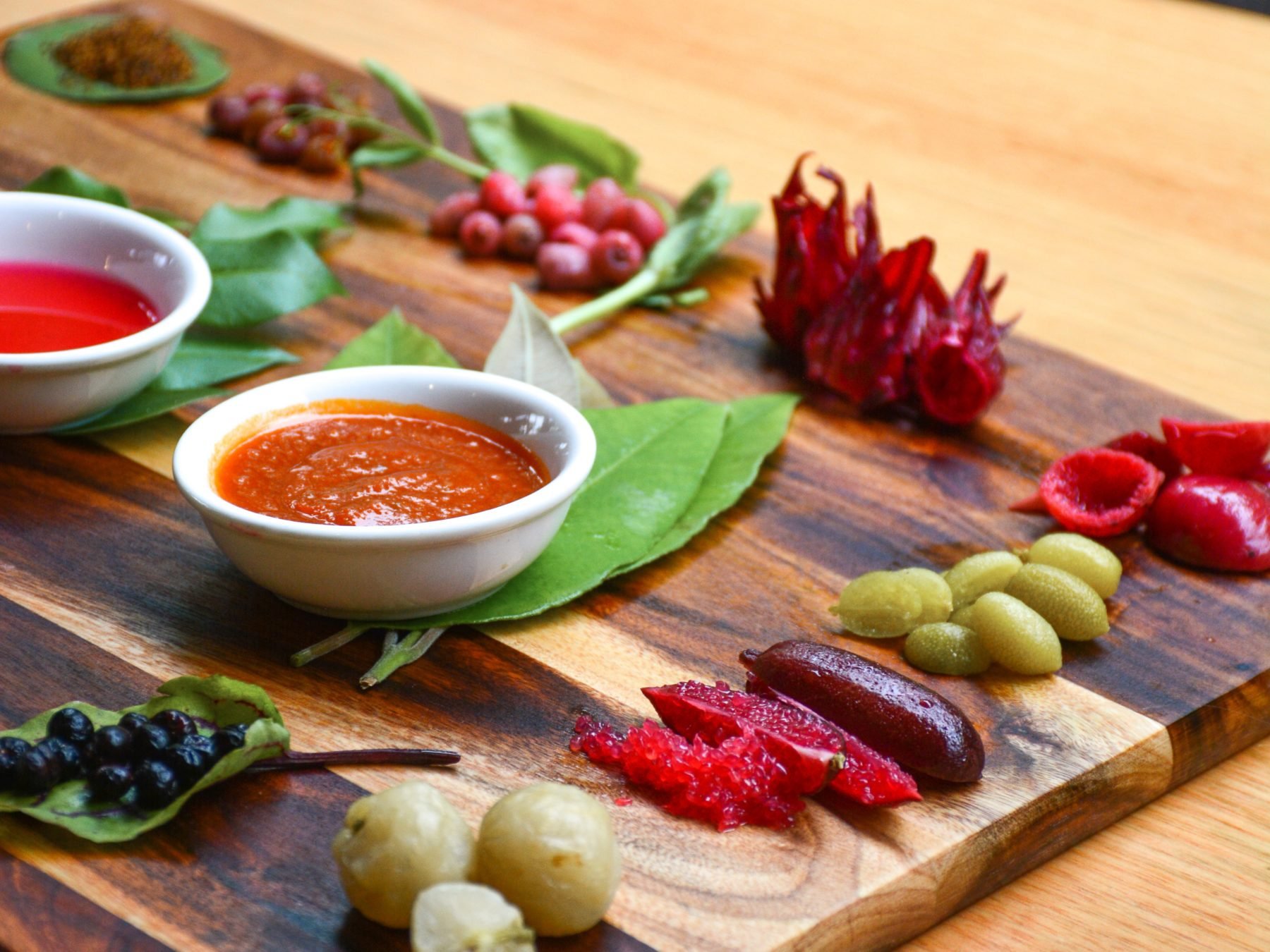
3. Kingfisher Bay Resort’s Sea Explorer cruises visit a series of small islands on the remote west coast of
K’gari. The habitats guests will see includes seagrass meadows, sandflats, mangroves, coral reefs and
rocky shores, creating the perfect environment to spot marine life including dolphins, turtles and dugongs.
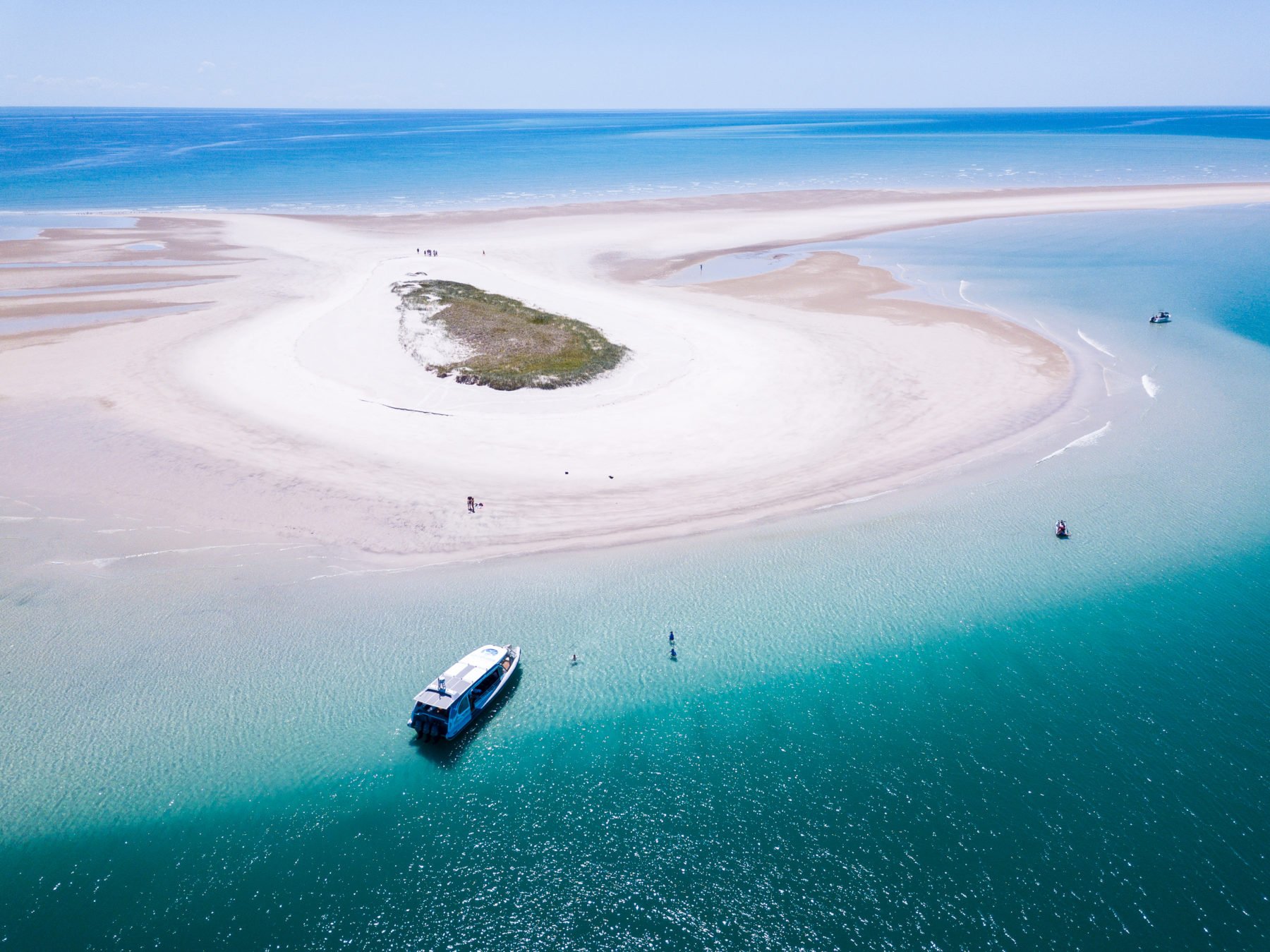
4. Wanggoolba Creek is home to the magnificent giant king fern (Angiopteris evecta) – easily viewed from the
purpose-build Central Station rainforest boardwalk. Visit on Kingfisher Bay Resort’s Beauty Spot tour or
Fraser Explorer Tours offerings.
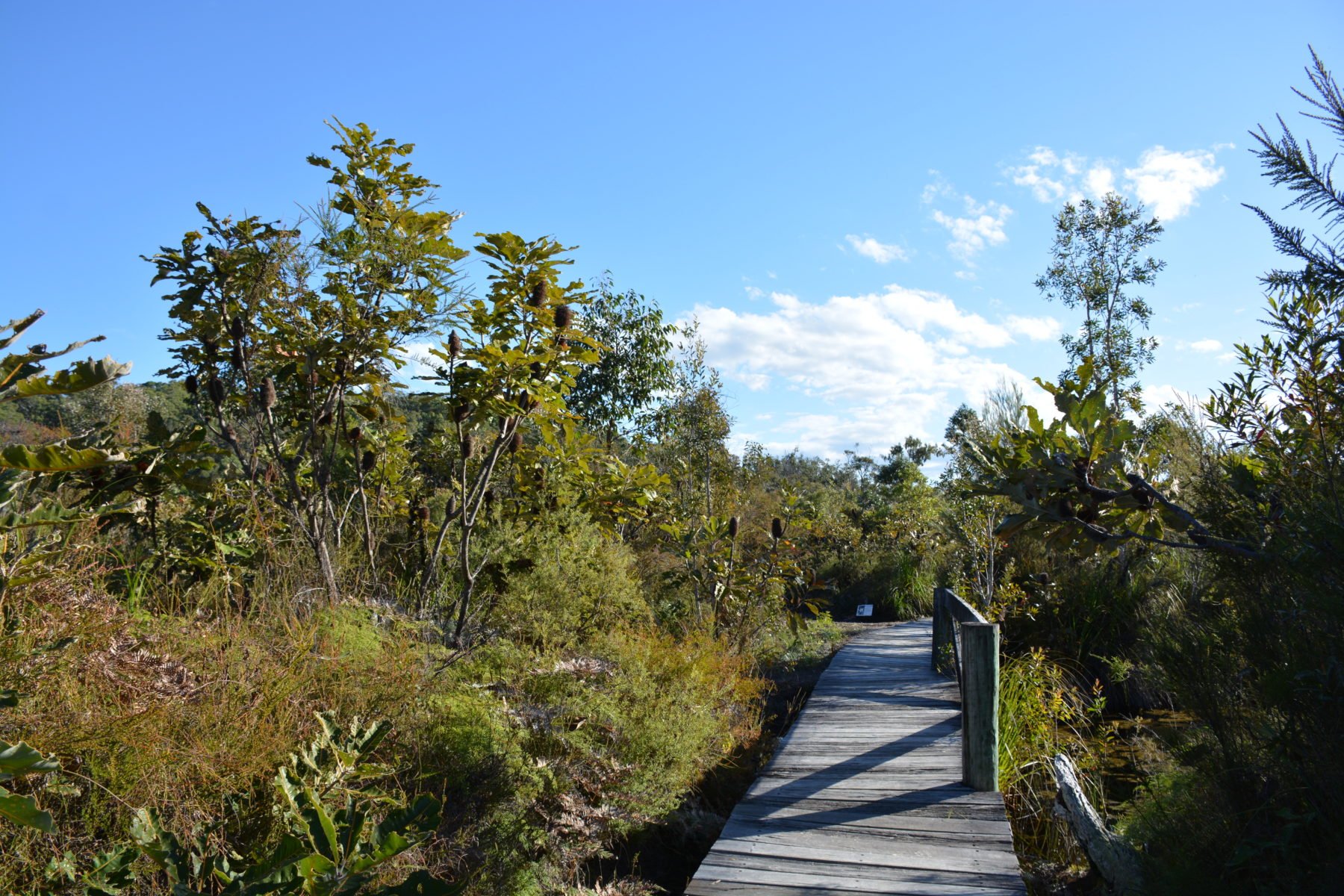
5. Access off-the-beaten-track Lake Wabby on a Fraser Explorer Tours K’gari multi-day trip. This lake is
classified as a barrage and window lake. Lake Wabby also has low acidity levels and is able to support
marine life such as the endangered honey blue-eye, rainbow fish and catfish.
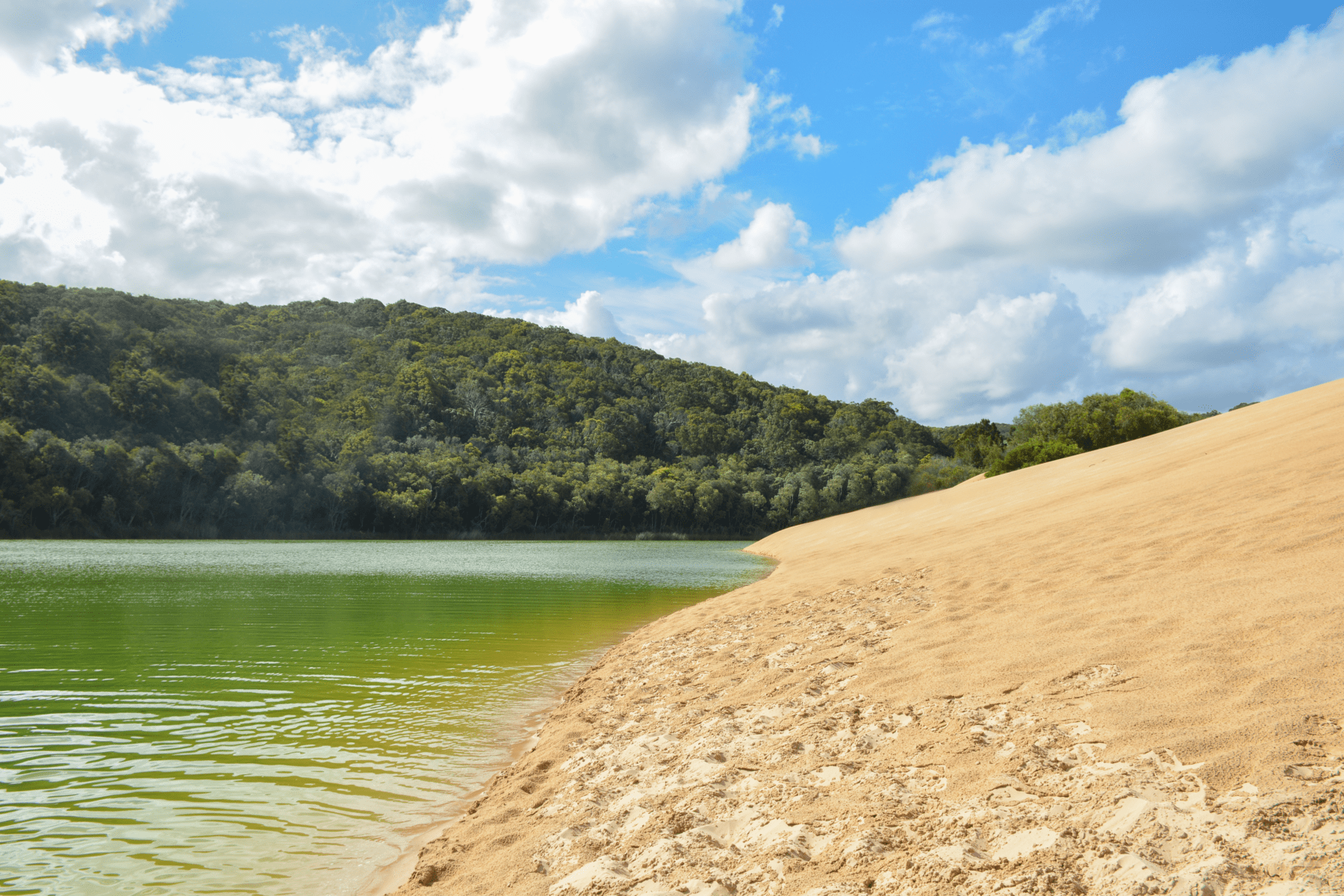
Find out more about Queensland’s #1 bucket list adventure today on a small group, guided 4WD eco adventure with Fraser Explorer Tours.
Pre and post tour accommodation options:




